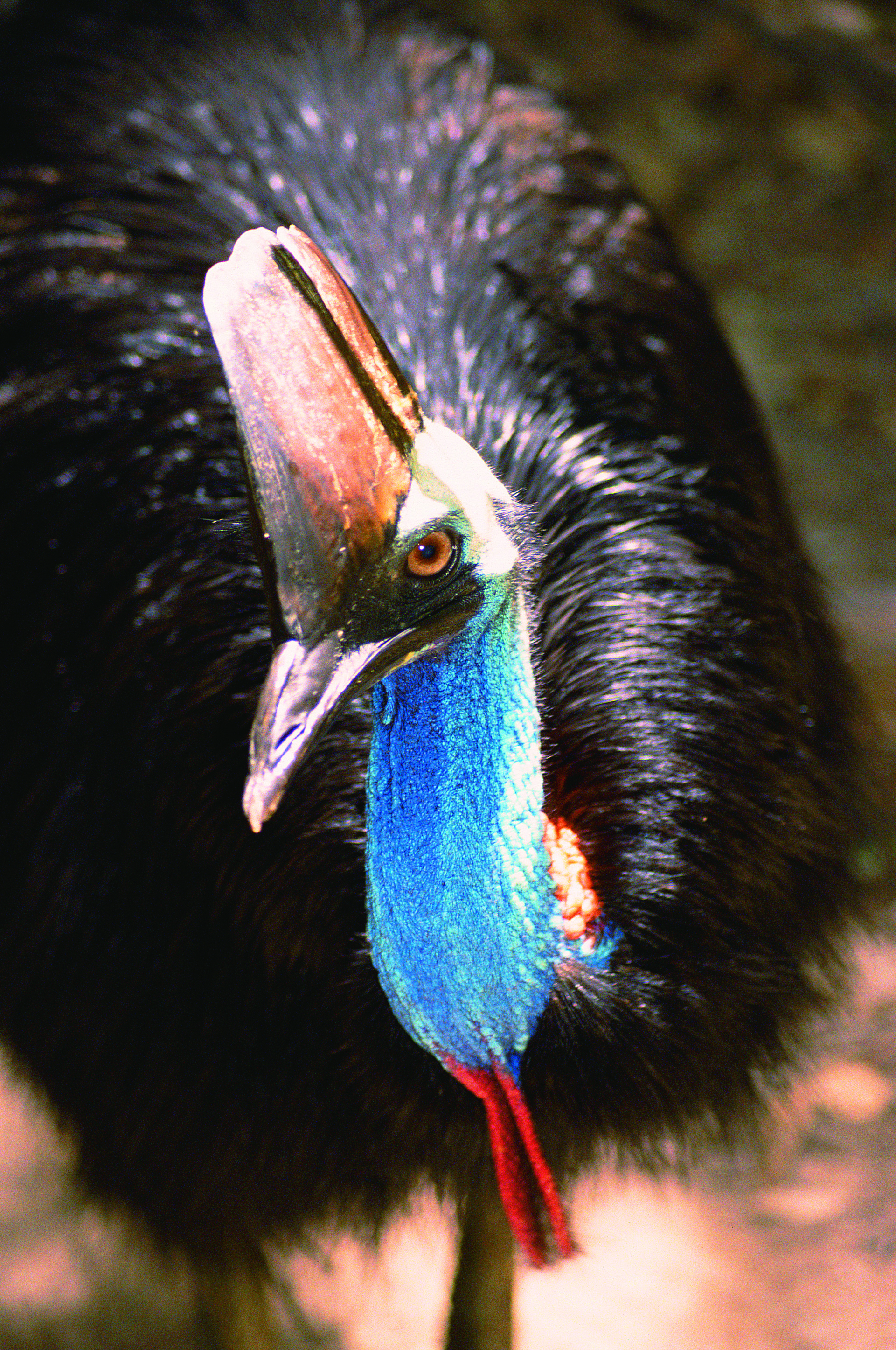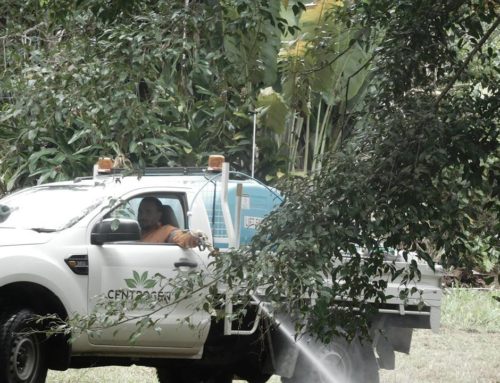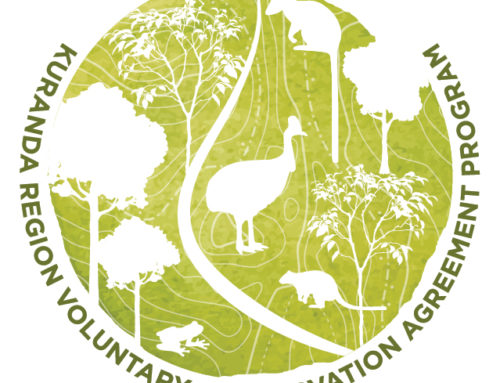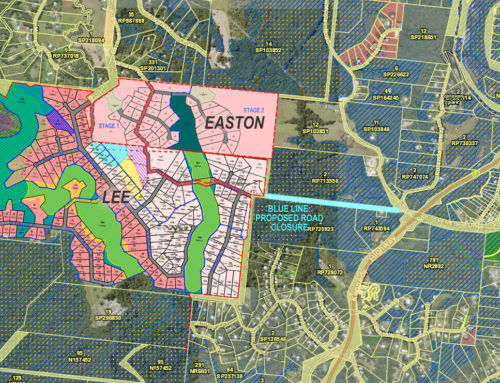The KRPG Team are working with local landowners to secure Voluntary Conservation Agreements within the Kuranda Region (Wet Tropics Bioregion corridor). Please take a moment to read the INFO SHEET from Department of Environment and Heritage Protection for a brief overview of how the program works for landowners.
Our local priorities are:
- Conservation Agreements on Priority Mapped Areas on private land titles, including
- Planned revegetation of infill areas for minor habitat linkages, with priority given to waterways and catchments (gullies)
- Mapping for endangered species habitat on private land, eg. Kuranda Tree Frog, Cassowary corridor
- Landowners with quality rainforest regrowth ready to map
- Landowners with revegetation projects for future mapping
The below criteria have been used in the Wet Tropics to guide investment in conservation outcomes:
- Size of land parcel: Weighted in favour of large intact parcels. Eg. 50 -100ha and over 100ha.
- Connection to National Park or Nature Refuge. Weighted in favour of level of connection and proximity. I.e. high weighting if adjoining; low rating if separated by extensive areas of cleared and developed land.
- Corridor function. Weighted in terms of the corridor function of the property or suite of properties.
- Habitat condition: Weighted in favour of intact naturally functioning ecosystems (minimum disturbance).
- Recovery costs. Weighted in terms of cost and timeline for restoration. I.e. high weighting if intact property with no work required. Low weighting if significant costs and long timeline required to rehabilitate.
If you would like to arrange an appointment to discuss your options, please email krvcap@kurandaregion.org
**SESSION VIDEO**
Kuranda Region Voluntary Conservaton Agreement Program INFO NIGHT
Thursday 19 July 2018, Kuranda Amphitheatre Understage
Watch video below or click here for topics and indexes

QUEENSLAND GOVERNMENT
Department Environment and Science
Private protected areas
– The Nature Refuges Program
– NatureAssist
– Nature Refuge Landholder Grant
Guide to voluntary declarations
under the Vegetation Management Act 1999
EDO FNQ FACT SHEETS
Legal Mechanisms for Conservation on Privately Owned Land
#1 Overview of Legal Mechanisms for Private Conservation
#2 Nature Refuges and Coordinated Conservation Areas
#3 Statutory Covenants
#4 Voluntary Declarations under the Vegetation Management Act 1999
#5 Conservation Agreements and Profit á Prendre Agreements
#6 Comparative table of advantages & disadvantages
The local story
Many Kuranda Region large private landholdings fall on essential cassowary habitat (blue diagonal hash below). These ‘patches’ form a mosaic of remaining good remnant forest, ie. cassowary habitat. The Kuranda Region Voluntary Conservation Agreement Program aims for protection of essential habitat by landowner’s in the high priority ‘patches’. We aim to contact landowners directly where suitable connective corridors fall on their land to discuss and negotiate possible outcomes.
There are many other well advanced forested areas that are in dire need of protection by landowners. If you have good quality cassowary habitat forest on your land, or are interested in re-vegetation or enrichment with cassowary food plants, please contact Kuranda Conservation about their cassowary programs on (07) 4093 8834.
More information
- Recovery plan for the southern cassowary Casuarius casuarius johnsonii
- Queensland Trust for Nature – Land for Sale (Private land with Nature Refuges)
- Kuranda Region Voluntary Conservation Agreement Program Outline Chart
- Kuranda Region Voluntary Conservation Agreement Program Mapping *currently in development











